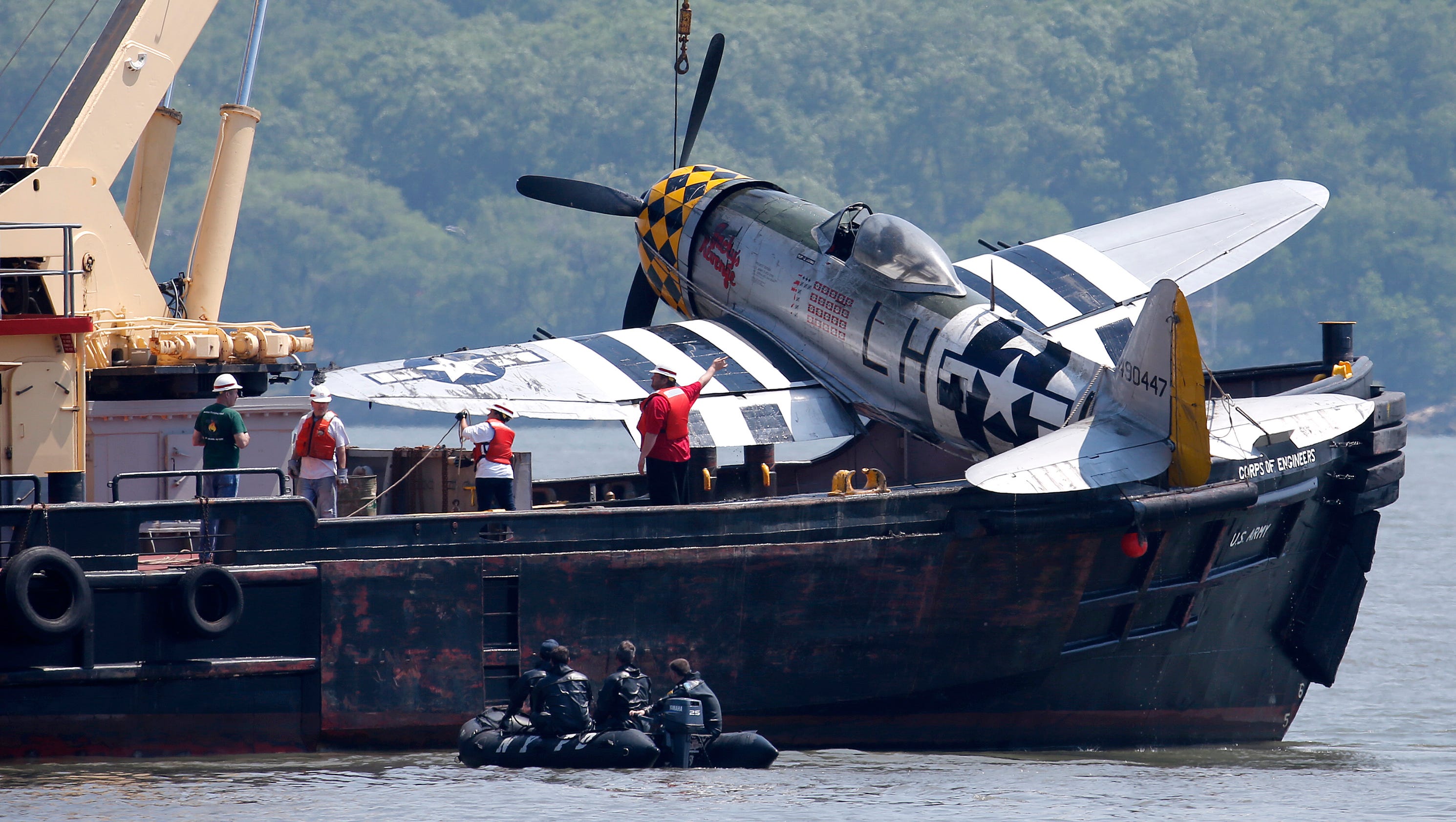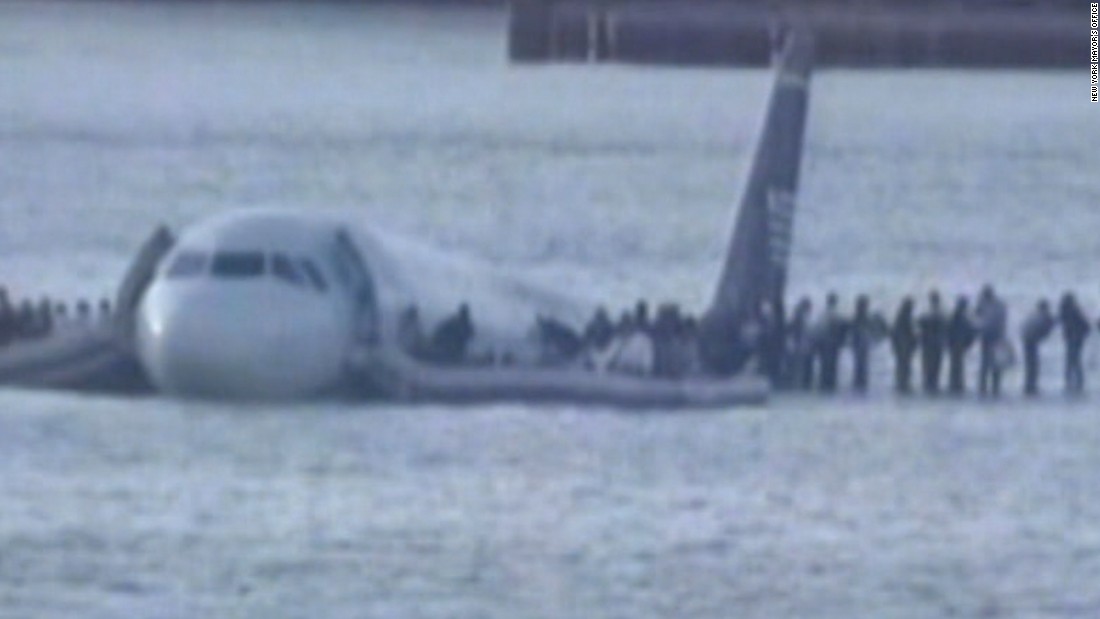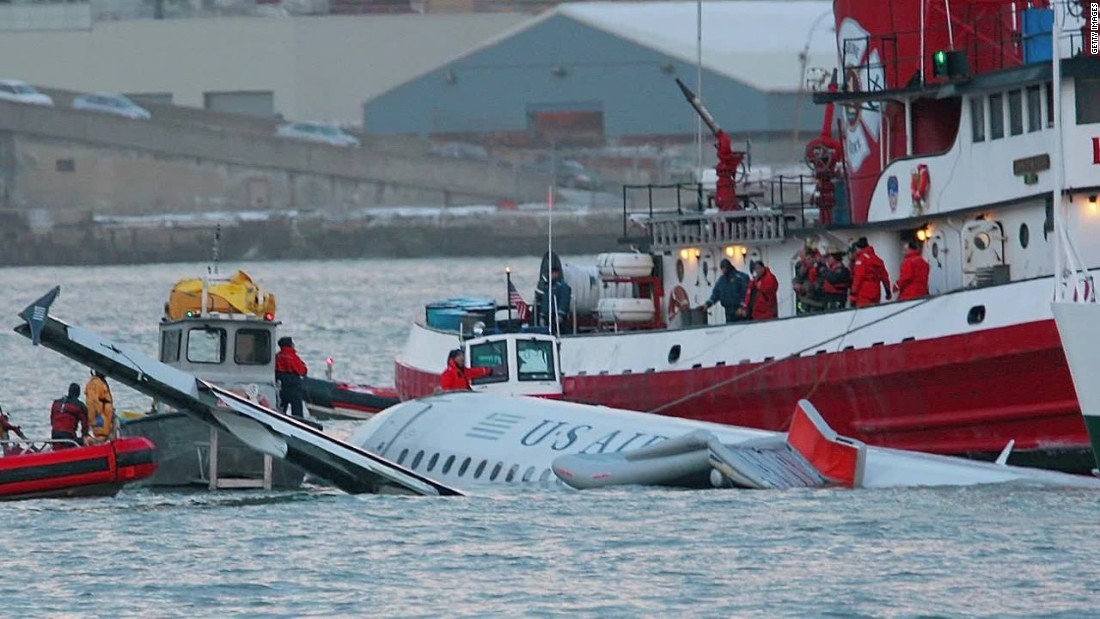The Hudson plane crash video has become one of the most iconic moments in aviation history, capturing the incredible skill and bravery of the crew involved. This incident, which occurred on January 15, 2009, is often referred to as the "Miracle on the Hudson." It serves as a testament to human resilience and expertise in crisis management. The event was widely documented, with videos and images quickly spreading across the globe.
The crash of US Airways Flight 1549 into the Hudson River remains a remarkable story of survival and heroism. It involved a successful emergency landing under extreme conditions, where all 155 passengers and crew survived. The event was not only a turning point for aviation safety but also a powerful reminder of the importance of preparedness and teamwork in high-pressure situations.
As we delve deeper into this article, we will explore the details surrounding the Hudson plane crash, analyze the video footage that captured the event, and examine the aftermath. By understanding the factors that contributed to the successful outcome, we can gain valuable insights into aviation safety and emergency response procedures.
Read also:Mike Wolf Death Unveiling The Truth Behind The Tragic Incident
Table of Contents
- Introduction
- Background of the Incident
- Timeline of Events
- Captain Chesley "Sully" Sullenberger
- Analysis of the Hudson Plane Crash Video
- Safety Measures Implemented Post-Crash
- Public Reaction and Media Coverage
- Impact on Aviation Industry
- Lessons Learned from the Incident
- Conclusion and Call to Action
Background of the Incident
The Hudson plane crash occurred when US Airways Flight 1549, an Airbus A320, struck a flock of Canada geese shortly after takeoff from New York's LaGuardia Airport. The incident led to the failure of both engines, forcing the crew to make an emergency landing on the Hudson River. The plane was en route to Charlotte, North Carolina, but the unexpected bird strike altered its course dramatically.
The situation was dire, as the aircraft lost all engine power at an altitude of approximately 3,000 feet. However, the crew's quick thinking and calm response ensured that the passengers and crew were evacuated safely within minutes of the landing. The water landing was executed with precision, preventing any fatalities.
Causes of the Crash
- Bird strike involving Canada geese
- Complete loss of engine power
- Emergency landing due to lack of alternative options
Timeline of Events
The sequence of events leading up to the Hudson plane crash is crucial in understanding how the situation unfolded. Below is a detailed timeline:
- 15:25 - US Airways Flight 1549 takes off from LaGuardia Airport.
- 15:27 - The aircraft encounters a flock of geese, causing both engines to fail.
- 15:30 - Captain Sullenberger informs air traffic control of the situation and decides on a water landing.
- 15:31 - The plane successfully lands on the Hudson River.
- 15:35 - All passengers and crew are evacuated safely onto life rafts and ferries.
Captain Chesley "Sully" Sullenberger
Captain Chesley "Sully" Sullenberger played a pivotal role in the successful outcome of the Hudson plane crash. With over 40 years of aviation experience, his expertise and calm demeanor were instrumental in saving lives.
Biography of Captain Sullenberger
Captain Sullenberger was born on January 23, 1951, in Denison, Texas. He graduated from the United States Air Force Academy with a degree in psychology and later earned a master's degree in industrial psychology from California State University, Northridge.
| Full Name | Chesley B. Sullenberger III |
|---|---|
| Date of Birth | January 23, 1951 |
| Place of Birth | Denison, Texas |
| Education | U.S. Air Force Academy, California State University, Northridge |
| Occupation | Pilot, Safety Consultant, Author |
Analysis of the Hudson Plane Crash Video
The Hudson plane crash video provides a compelling visual account of the incident. Captured by bystanders and news helicopters, the footage showcases the dramatic moments leading up to and following the water landing. The video highlights the professionalism of the crew and the remarkable coordination during the evacuation process.
Read also:What Happened To Upchurch A Comprehensive Analysis Of The Controversial Figure
Key Moments in the Video
- Initial bird strike and engine failure
- Captain Sullenberger's announcement to passengers
- The controlled descent onto the Hudson River
- Evacuation of passengers onto life rafts and ferries
Safety Measures Implemented Post-Crash
In response to the Hudson plane crash, several safety measures were implemented to prevent similar incidents in the future. These measures focused on improving bird strike prevention, enhancing pilot training, and refining emergency response protocols.
Bird Strike Prevention
Aviation authorities introduced stricter regulations to mitigate bird strikes, including:
- Installation of bird detection systems at airports
- Regular monitoring of bird populations near flight paths
- Improved aircraft design to withstand bird impacts
Public Reaction and Media Coverage
The Hudson plane crash received widespread media coverage, with the video footage quickly becoming a global sensation. The public hailed Captain Sullenberger and his crew as heroes, and the incident sparked discussions about aviation safety and emergency preparedness.
Media's Role in the Coverage
News outlets played a crucial role in disseminating information about the crash, ensuring that the public remained informed about the unfolding events. The media also highlighted the importance of recognizing the efforts of the crew and emergency responders.
Impact on Aviation Industry
The Hudson plane crash had a lasting impact on the aviation industry, prompting significant changes in safety protocols and training programs. Airlines and regulatory bodies collaborated to enhance passenger safety and improve emergency response strategies.
Training and Protocols
Key changes in training and protocols included:
- Enhanced water landing simulations for pilots
- Improved communication between air traffic control and pilots
- Regular drills for emergency evacuations
Lessons Learned from the Incident
The Hudson plane crash offers valuable lessons for the aviation industry and beyond. It emphasizes the importance of:
- Preparedness and training for unexpected situations
- Effective communication during crises
- Collaboration between crew members and emergency responders
By analyzing the factors that contributed to the successful outcome, we can apply these lessons to other high-risk industries and situations.
Conclusion and Call to Action
The Hudson plane crash video serves as a powerful reminder of the importance of preparedness, expertise, and teamwork in crisis situations. The incident demonstrated the incredible skill of Captain Sullenberger and his crew, as well as the resilience of the passengers involved. By implementing safety measures and learning from this event, the aviation industry has become safer and more prepared for future challenges.
We invite you to share your thoughts and insights in the comments section below. Your feedback is valuable in helping us improve our content and provide more informative articles. Additionally, feel free to explore other articles on our website for further reading on aviation and related topics.
References:
- National Transportation Safety Board (NTSB) Report
- "Highest Duty: My Search for What Really Matters" by Chesley Sullenberger
- Federal Aviation Administration (FAA) Guidelines


